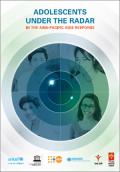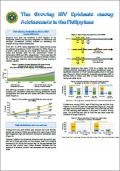Publications on Adolescents
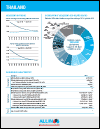
Resource | Fact Sheets,
Thailand fact sheets on estimated number of adolescents living with HIV 2013. The fact sheets provide information on adolescent HIV trends, distribution of adolescent AIDS-related deaths, HIV treatment for adolescents, adolescent knowledge, testing and behavior related to HIV and adolescent key population.

Resource | Publications,
Each year, millions of women and children die from preventable causes. These are not mere statistics. They are people with names and faces. Their suffering is unacceptable in the 21st century. We must, therefore, do more for the newborn who succumbs to infection for want of a simple injection, and for the young boy who will never reach his full potential because of malnutrition. We must do more for the teenage girl facing an unwanted pregnancy; for the married woman who has found she is infected with the HIV virus; and for the mother who faces complications in childbirth.
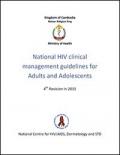
Resource | Guidelines,
This HIV clinical management guideline is substantially changed from the 2012 guidelines. This is a consolidated guideline, including sections on antiretroviral therapy and opportunistic infections, which were previously contained in two separate documents. In addition to avoiding repetition, the intention is also to make the format more concise, with more dot points, tables and algorithms than paragraphed text.
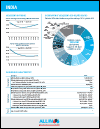
Resource | Fact Sheets,
India fact sheets on estimated number of adolescents living with HIV 2013. The fact sheets provide information on adolescent HIV trends, distribution of adolescent AIDS-related deaths, HIV treatment for adolescents, adolescent knowledge, testing and behavior related to HIV and adolescent key population.
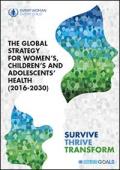
Resource | Publications,
This updated Global Strategy, spanning the 15 years of the SDGs, provides guidance to accelerate momentum for women’s, children’s and adolescents’ health. It should achieve nothing less than a transformation in health and sustainable development by 2030 for all women, children and adolescents, everywhere.
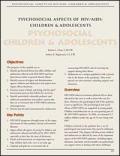
Resource | Publications,
HIV/AIDS takes an enormous physical toll on those infected by the virus as well as those who care for them. However, the psychological toll of the epidemic is just as significant. The psychological and social effects of HIV/AIDS are magnified in young people. Children and adolescents are an ever-growing part of the HIV/AIDS epidemic. In 2004, an estimated 2.2 million children under the age of 15 were living with HIV.
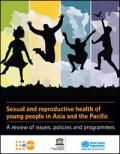
Resource | Publications,
The report provides recommendations and identifies priority areas where urgent focus is needed to prevent early and unintended pregnancy, unsafe abortion, sexually transmitted infections and HIV. And to ensure, in this era of the Sustainable Development Goals, that no young person is left behind.
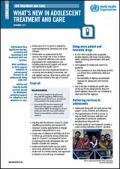
Resource | Fact Sheets,
Adolescents face significant barriers accessing and remaining in HIV treatment and care services. WHO guidelines in 2015 support initiation of antiretroviral therapy for all adolescents living with HIV. Adolescent friendly health services should be developed, including support for adherence and retention in care.






